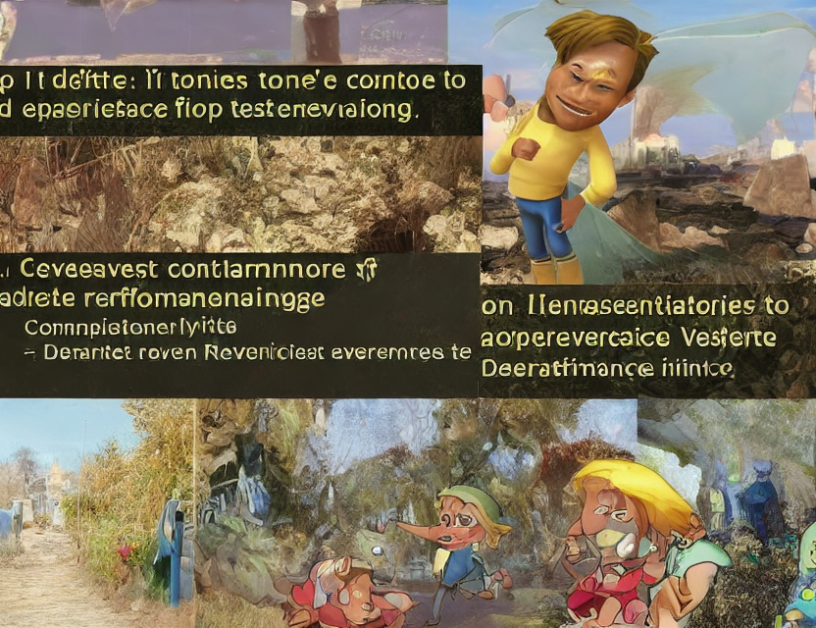In recent years, there has been a surge in the development of vision-and-language navigation (VLN) methods that leverage pretrained vision-and-language models. These models are typically trained on large datasets of images and text, and then fine-tuned for specific VLN tasks. However, these pretrained models often struggle to accurately represent the semantics of specific visual scenes, leading to a domain gap between the pretraining datasets and the VLN datasets.
Domain Gap
The domain gap between pretraining datasets and VLN datasets is a significant challenge for VLN methods. Most pretrained models are trained on web-crawled image-text pairs, which do not accurately represent the visual scenes in VLN datasets. This means that the pretrained models may not be able to effectively align the semantics of specific visual scenes and textual instructions, leading to a disability in reasoning about in-domain visual scenes accurately.
Effective VLN Agents
To overcome the domain gap, successful and efficient VLN agents must have a deep understanding of the in-domain scene semantics. This requires the ability to align the semantics of specific visual scenes and textual instructions, as well as the ability to generalize to new situations. One approach to addressing this challenge is through prompt-based learning, which involves fine-tuning pretrained models with specific textual instructions or prompts that are relevant to the task at hand.
Prompt-Based Learning
Prompt-based learning involves using natural language prompts or instructions to guide the fine-tuning process of pretrained models for VLN tasks. This approach has been shown to be effective in enhancing the representation ability of pretrained models and improving their performance on VLN tasks. For example, in [6], the authors use prompt-tuning to improve the zero-shot text classification performance of a pretrained model. Similarly, in [7], the authors use prompt-based learning to enhance the multimodal emotion recognition performance of a pretrained model.
Conclusion
In conclusion, VLN methods that leverage pretrained vision-and-language models have shown promising results in navigating visual scenes based on textual instructions. However, the domain gap between pretraining datasets and VLN datasets remains a significant challenge. Addressing this challenge through prompt-based learning has shown to be effective in enhancing the representation ability of pretrained models and improving their performance on VLN tasks. Further research is needed to explore other approaches to addressing the domain gap, such as using more diverse and representative training datasets or developing new architectures for VLN models.



